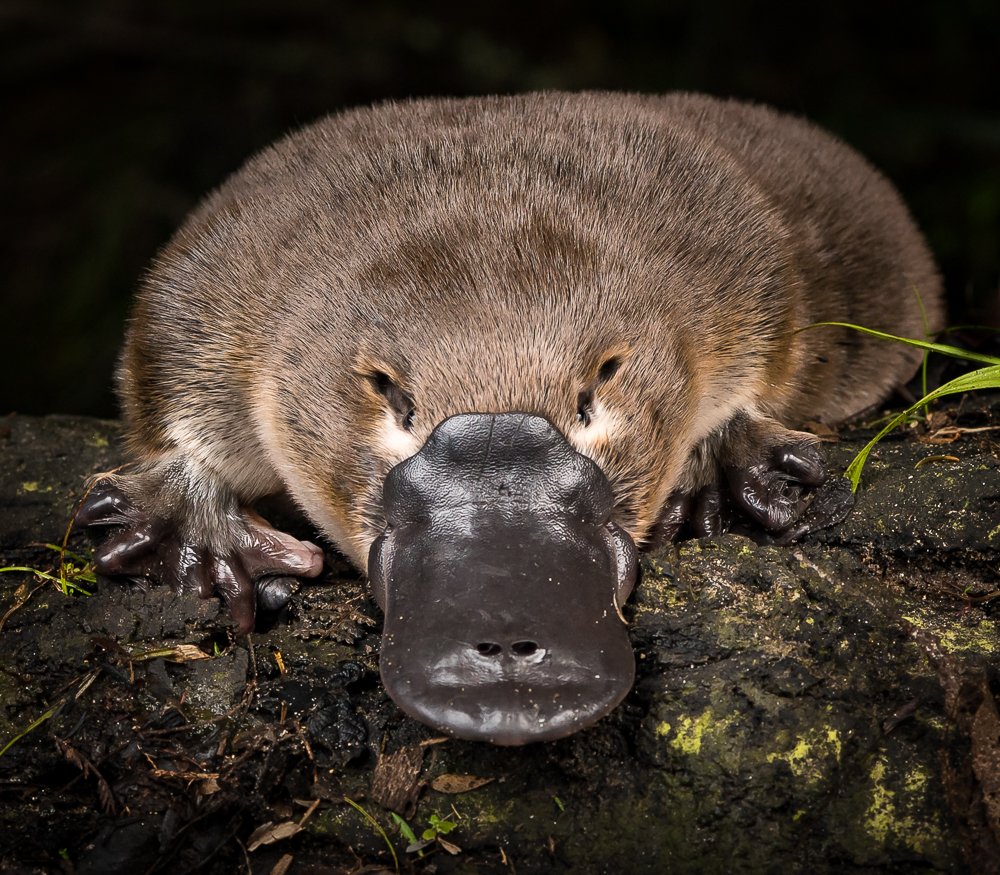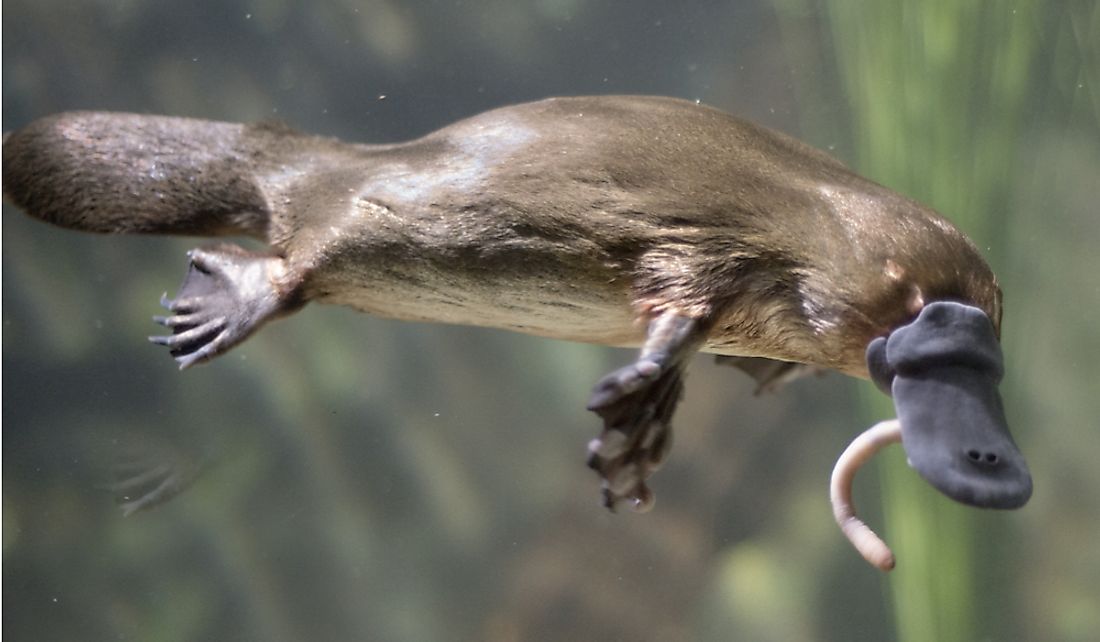

How did such losses slip below the radar? Part of the reason is platypuses are shy, nocturnal creatures that are difficult to find and count, so not seeing them doesn’t stand out as strange. “I wouldn't be surprised if the numbers have halved or even more.” “There isn't a ton of great data, but the data we have suggests that our estimate of where that baseline is wrong,” says co-author Gilad Bino, a research fellow at the University of New South Wales. Now, some scientists think that’s an understatement. When the IUCN reassessed the platypus in 2016, the group estimated that populations have dropped by about 30 percent on average overall since Europeans arrived-enough to elevate the animal’s status to “near threatened.” “We’ve been monitoring platypus since 1995,” explains Tiana Preston, an environmental water resources planner for the Victoria state agency Melbourne Water, “and the decline is certainly evident.” ( Read more about how the venomous, egg-laying platypus evolved.) Then, as more and more data from long-term monitoring programs set up in the 1980s and ‘90s trickled in, the perception of the ever-stalwart platypus began to dim. Some scientists started sounding alarms of the platypus’ decline as early as the 1980s, but their warnings fell on deaf ears. Hawke co-authored a new study that surveyed centuries of historical data and suggests the platypus-found in rivers and streams throughout eastern Australia and Tasmania-has been plummeting in number, due to hunting, habitat loss, and climate change.

“We have a huge area across the range of the platypus where we literally don't know if they're even there or in what numbers if they are.”


 0 kommentar(er)
0 kommentar(er)
